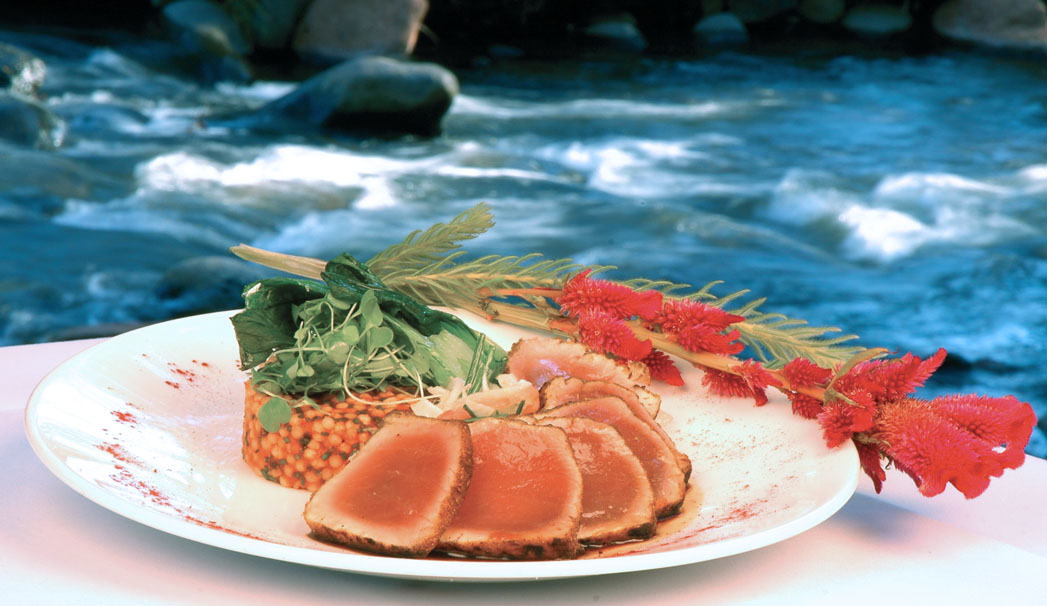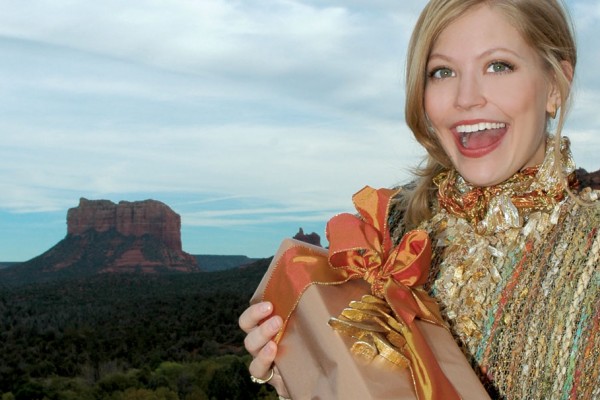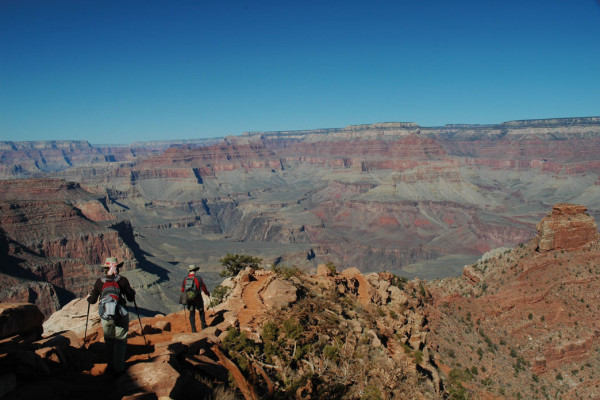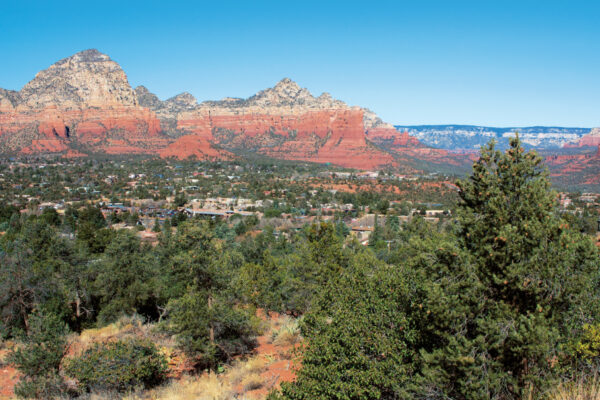The story behind The Sedona Table really begins with the November 2006 issue of Sedona Monthly. To say that issue was huge would be an understatement; foodies all across the United States sat up and took notice of our cover story profiling Sedona resort restaurants. Wine dinners, private chef’s tables and jazz brunches in northern Arizona’s favorite little hamlet? Who would have guessed? Before we knew it Three Forks Press, an imprint of Globe Pequot, the second-largest publisher of cookbooks in the United States, approached us to write a cookbook featuring Sedona’s burgeoning culinary scene in a beautiful, full-color coffee-table-book format. Naturally we jumped at the opportunity to tell the world what we already knew: Sedona had become a dining destination on par with places like Santa Fe.
Writing a book is much different than publishing a monthly magazine, as we quickly learned. First of all, the process is painfully slow. We signed our contract with Globe in September 2007 and I interviewed our first chef that same month. By April 2008 the book was written, but editing didn’t begin until June and finally wrapped up in October, just days before the book went to print. So to say this tome was two-and-a-half years in the making isn’t an exaggeration. In fact, I think many of the chefs featured didn’t think it would ever see the light of day – just another crazy Sedona scheme – because of the production time. I hope they will all be pleasantly surprised by what they will soon hold in their hands.
We were limited in the number of chefs and restaurants we could feature, and narrowing down a long list to only 12 locations wasn’t easy – not to mention the new chefs we absolutely adore who opened up shop after we’d already begun writing the book. In the end The Sedona Table showcases 14 chefs at a dozen different restaurants. Each chapter profiles the chef (or “chefs” in the case of the Cowboy Club Grille and Spirits), his or her corresponding restaurant and, where applicable, resort. The chefs all offer “tricks of the trade” and give us insight into their cooking habits away from the commercial kitchen. Finally, each chef provides us with five of their favorite recipes, complete with photographs, for a cookbook with a total of 60 dishes. The recipes run the gamut from easy to complex, breakfast to dinner, and healthy spa cuisine to decadent desserts. Truly, there’s something for everyone.
While writing the book we were often asked about our audience – is this a book for Sedona residents or visitors? Both and then some, we say. The Sedona Table will appeal to anyone who loves to cook, loves to eat, appreciates beautiful photography and scenery, or wants to know more about Red Rock Country. In April, pick up your copy locally at The Well Red Coyote (3190 W. Hwy 89A; 928-282-2284), Worm Book & Music Store (6645 Hwy 179 in the VOC; 928-282-3471), or nationally at Barnes & Noble bookstores and Amazon.com. Here’s a sneak peek at what you’ll find inside each chapter. Bon appétit!
Steven Bernstein and Yavapai Restaurant
As you sit in front of the floor-to-ceiling windows at Yavapai Restaurant, so close to the sheer red rock cliffs and spires of Boynton Canyon you feel like you could touch them, it occurs to you that there are few restaurants on earth with a view that can bring a hushed reverence to your table. This writer has only experienced the feeling on one other occasion, at Château Eza, 1,500 feet above the Mediterranean on the border of France and Monaco. Dining at Yavapai, located at Enchantment Resort, is a sensory experience, from the view to the sound of classical music softly playing in the background to the feel of the leather-covered menus to the taste of the southwestern-influenced Continental cuisine. It’s no wonder Executive Chef Steven Bernstein has called the Four Diamond Yavapai—named after a local Native American tribe—his second home since 2001.
Steven oversees the resort’s three restaurants: Mii amo Café, Yavapai, and Tii Gavo, a more casual lounge that still comes with Yavapai’s stunning views. Mii amo Café, located at the resort’s destination spa, Mii amo, offers weekly cooking classes and tea demonstrations. The restaurants serve only all-natural meats, fish flown in from Hawaii five times a week, and a variety of fresh produce, including mushrooms from Oregon and tomatoes and greens from Arizona. Steven’s food philosophy is simple: Quality is number one.




